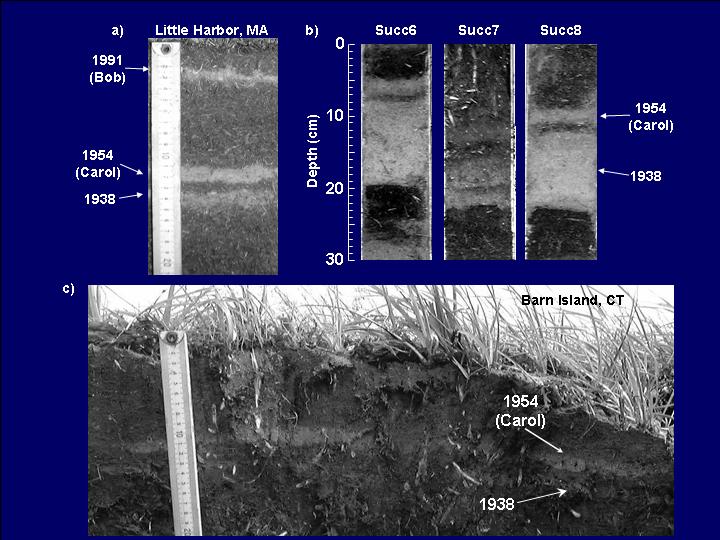Scientists at the National Center for Earth-surface Dynamics (NCED, http://www.nced.umn.edu/) have recently made a surprising link between topography and biological processes.
Working in the Angelo Coast Range Reserve in Northern California, Dr. Benjamin O’Connor (presently with the U.S. Geological Survey in Reston, VA), discovered that denitrification, a key nutrient process in streams, is controlled by the local landscape in and around the stream. It turns out that the combination of surface topography, the timing and volume of fluid flow and microbial processes all combine to produce areas and times of relatively high and low activity within the same stream, or “Hot Spots and Hot Moments.” Very small stretches of the stream can be responsible for much of the stream’s total loss of nitrogen to the atmosphere. This process is extremely important in watersheds where water quality downstream is of societal concern.
NCED has found that these Hot Spots can be predicted with a combination of high-resolution topography and hydraulic factors predicted from stream bathymetry. This work links to other discoveries showing that nitrogen and light availability affect the spatial distributions of algal blooms through the channel network, whereas recent flooding history determines whether the insects grazing on this algae will be vulnerable to predators like fish.
Advances such as these, coupled with highly resolved spatial data from remote sensing and other sources, provide a new basis for prediction in ecology.

Caption: Local topography controls denitrification “hot spots” such that ~80% of denitrification takes place in only ~16% of stream length in the Angelo Coast Reserve.
(Thanks to Chris Paola, Miki Hondzo, and Mary Power for corrections to the text...)
